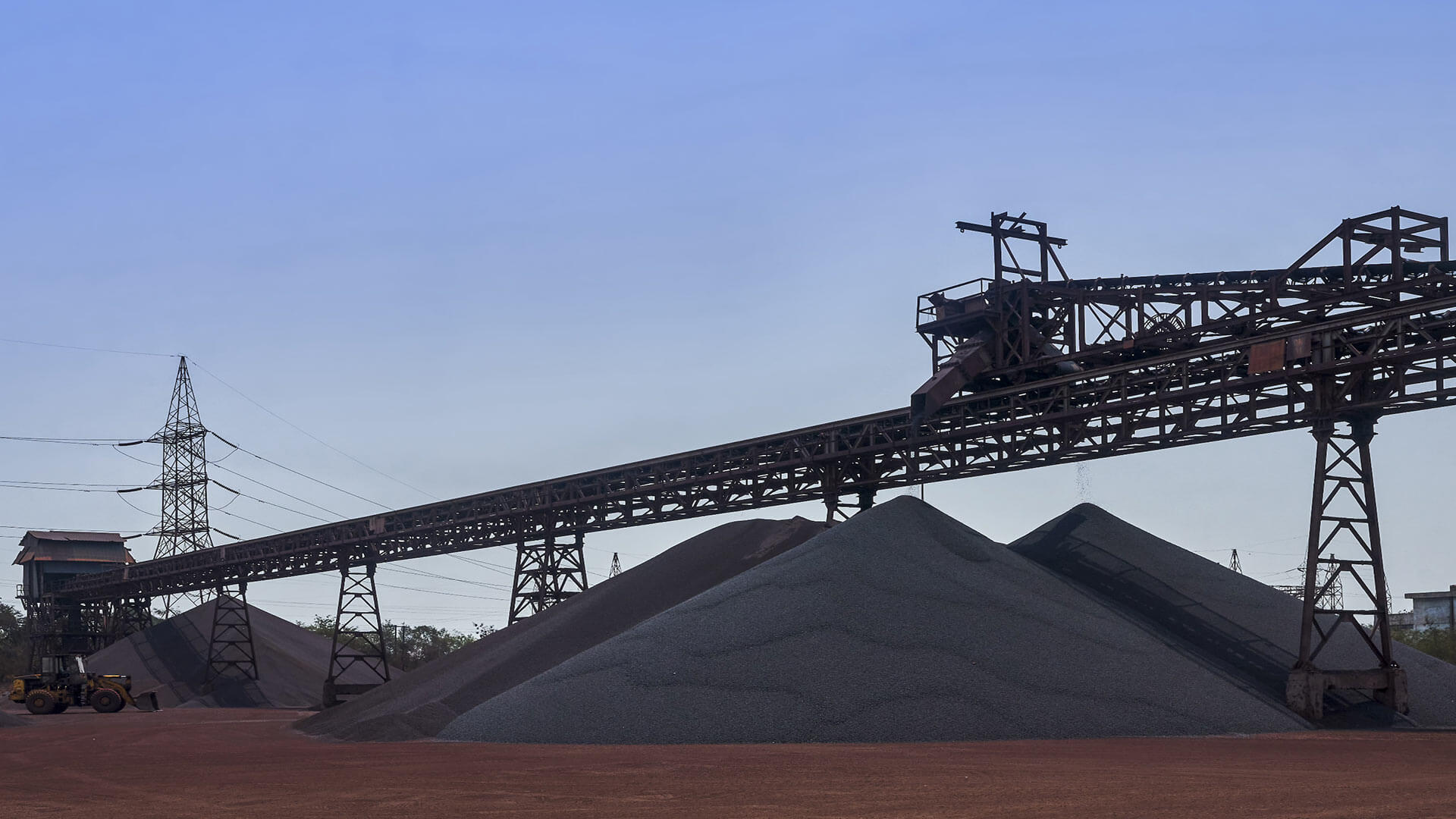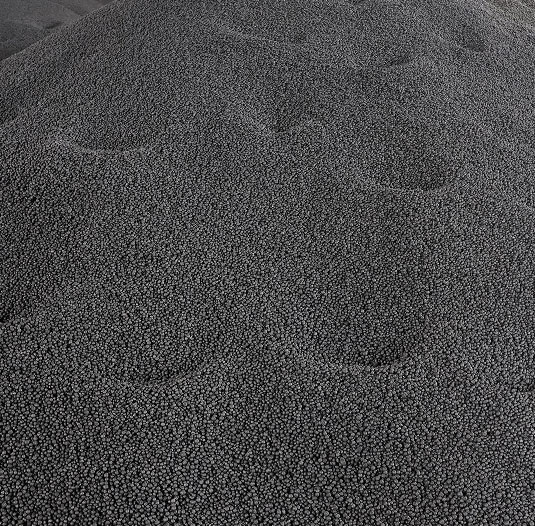Recycled Water Utilisation - Pellet Wet Grinding Process
Highest DRI Production - Dec 2024 Quarter
DRI Capacity Utilisation
Our products
Crafted for Excellence, Designed to Deliver
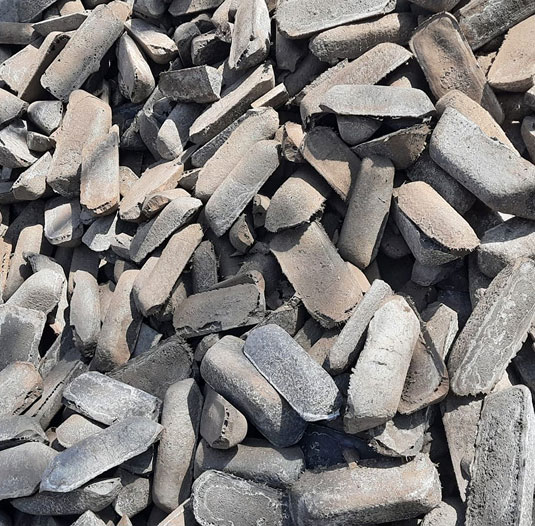
Pig Iron
Pig iron, an intermediate product in iron and steel production, is characterized by high carbon content (typically 3.5-4.5%) and is produced by smelting iron ore in blast furnace, making it brittle and unsuitable for direct applications, but used as feedstock for further processing.
Application
- Feedstock for Steel Production: Pig iron serves as a raw material for producing various types of steel and cast iron.
- Further Processing: Pig iron is further refined in basic oxygen furnaces (BOFs), electric arc furnaces (EAFs), or cupola furnaces to produce steel or cast iron with desired properties.
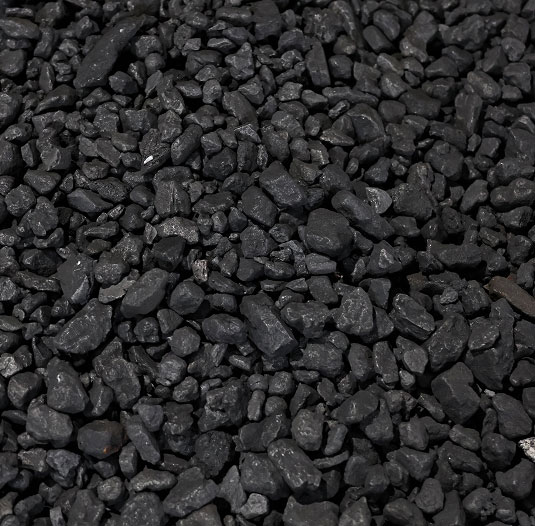
Sponge Iron
Direct reduced iron (DRI), also called sponge iron, is produced from the direct reduction of iron ore (in the form of lumps, pellets, or fines) into iron by a reducing gas which contains elemental carbon (produced from natural gas or coal) and/or hydrogen. Many ores are suitable for direct reduction. Direct reduction refers to solid-state processes which reduce iron oxides to metallic iron at temperatures below the melting point of iron. Reduced iron derives its name from these processes.
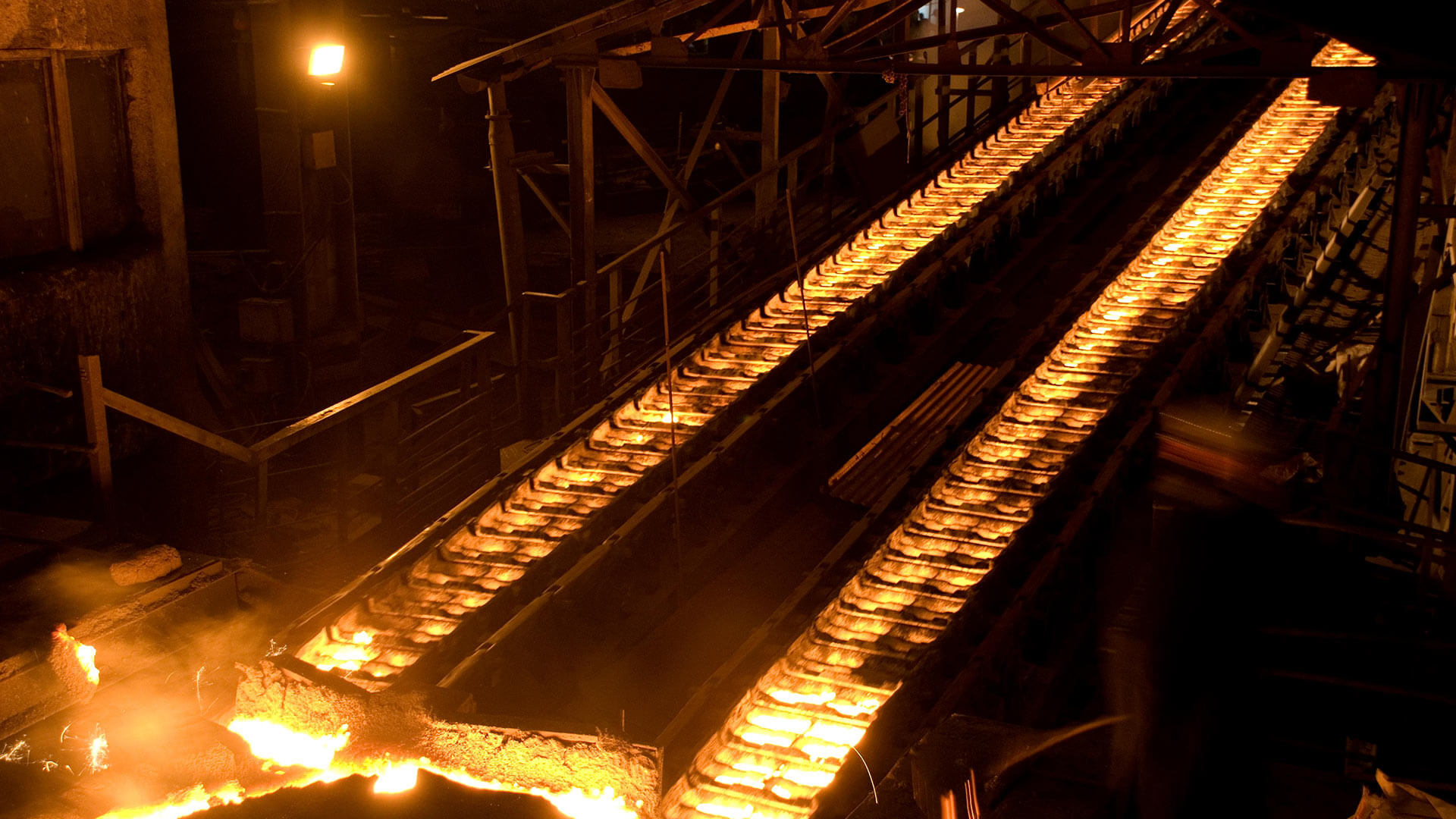
Pig Casting Machine
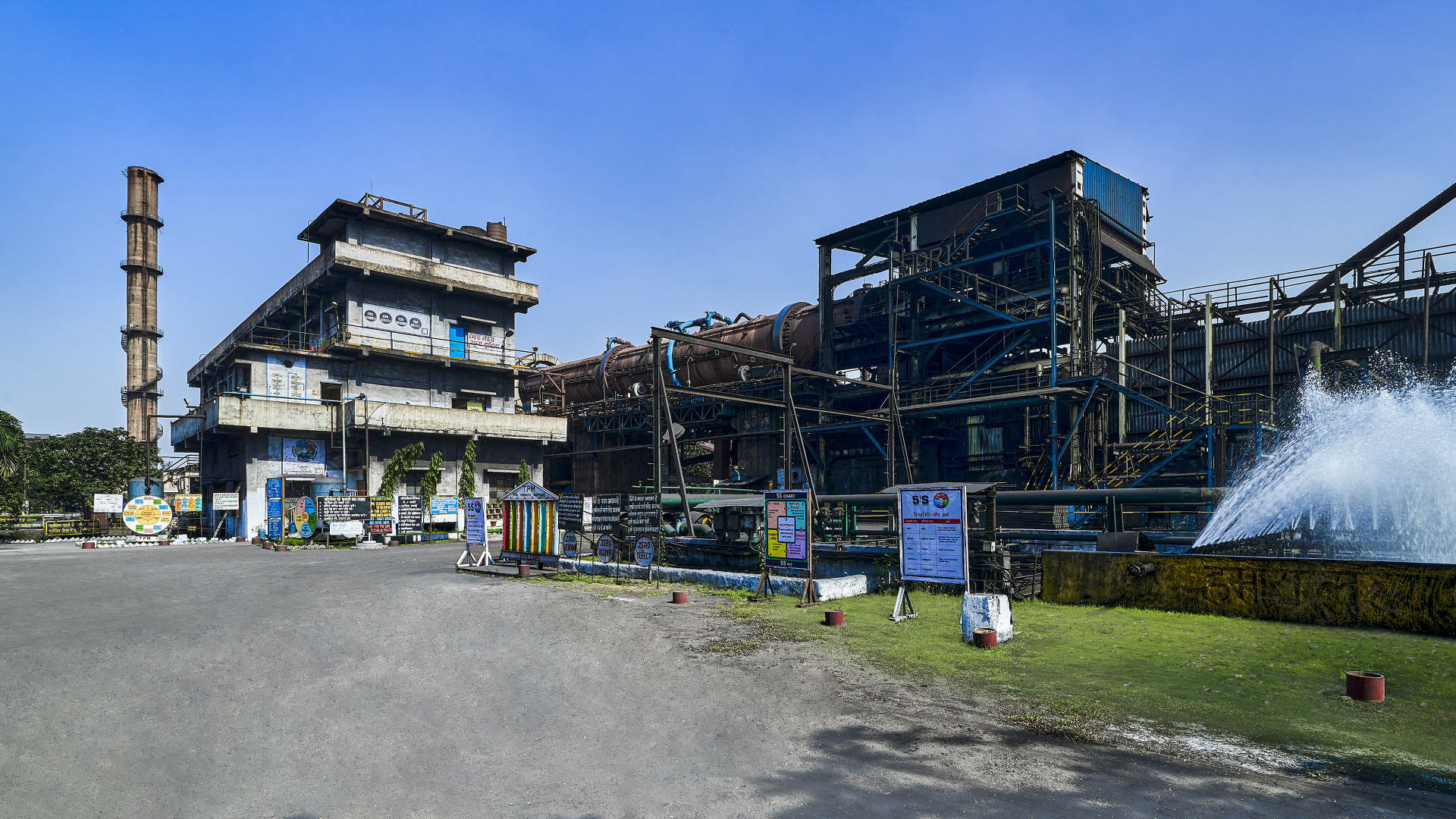
Sponge Iron Plant
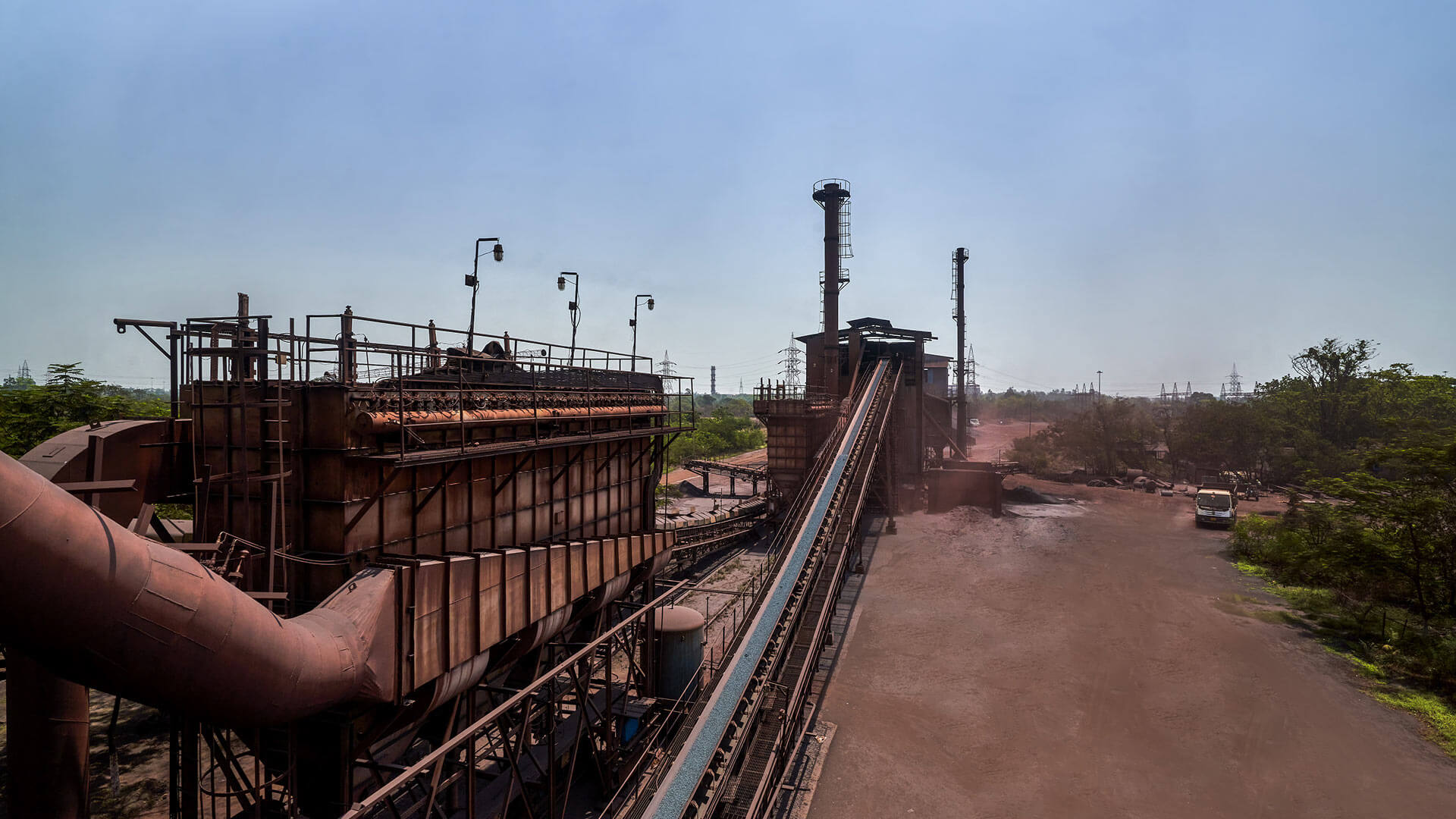
Pellet Plant
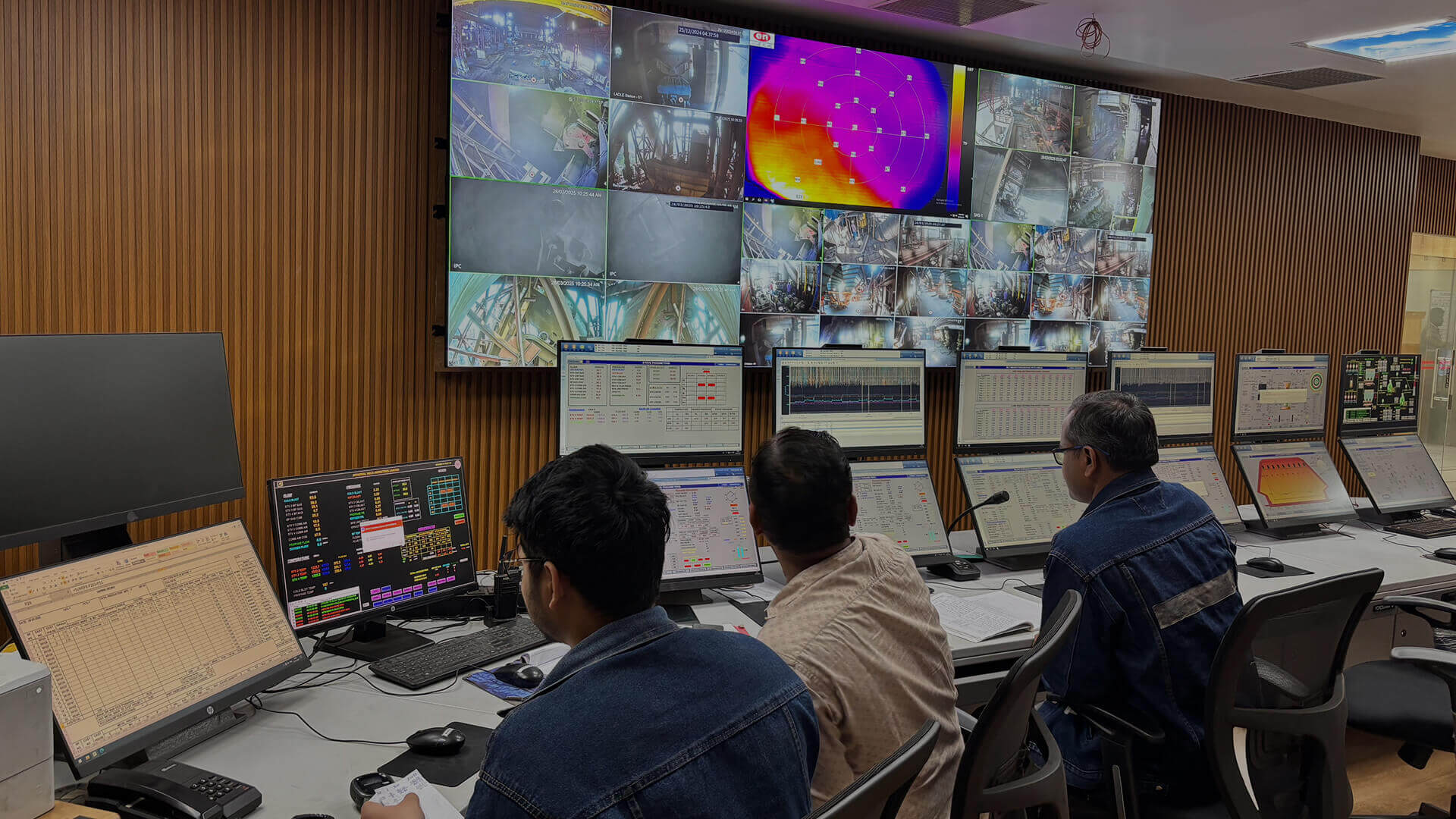
Blast Furnace DCS

